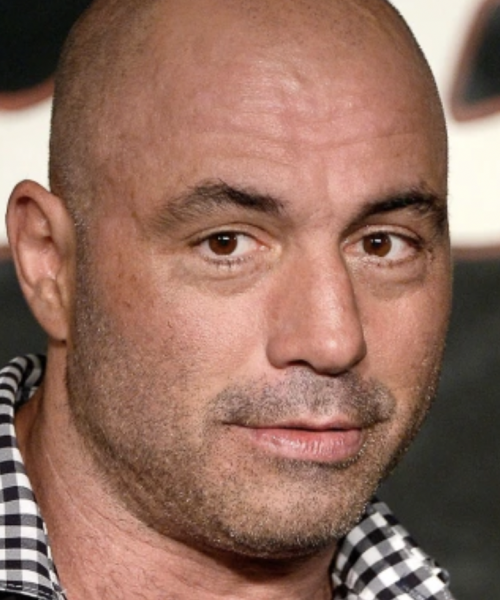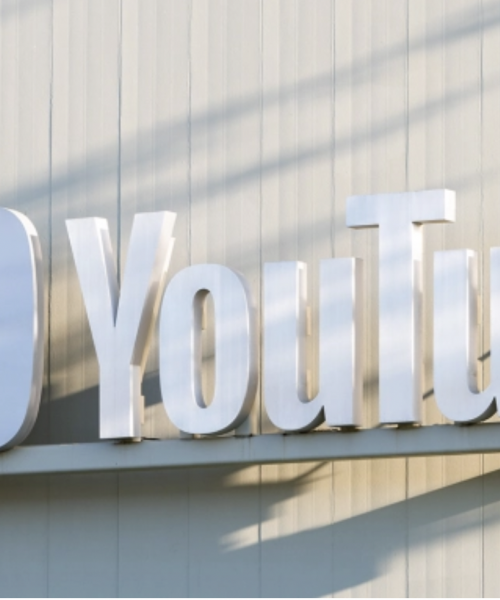BY ALEX WEPRIN | HollywoodReporter.Com
Troy Warren for CNT #Business
While touting new platforms (think: CNN+ or Fox Nation), top broadcast and cable executives are incentivized to protect the linear status quo, given that’s where the money is — even if it’s a rapidly declining business model.
Does TV news have a future outside of the existing television ecosystem? The question is top of mind for news executives as the entertainment world dramatically shifts, with linear TV channels facing steady decline and streaming on the rise.
In his 1991 book Three Blind Mice, Ken Auletta detailed how the rise of cable TV, and specifically CNN and its coverage of the Gulf War, threw the network news divisions at ABC, NBC and CBS into chaos. “Instantly, the public glimpsed the cataclysmic changes in the television industry,” Auletta wrote. “Viewers realized that CNN, not the three networks, was the channel of convenience for live, up-to-the-minute news … All at once, everyone seemed to be talking about whether network news had a future – indeed, whether the networks had a future.”
The networks found their future by becoming tied to the pay TV bundle. But executives now have to balance the management of that lucrative but declining legacy business with a streaming future that’s just as disruptive to TV news as CNN was 30 years ago. “I think this is as big a change for the video news business as the introduction of the cable news channels was — only it is happening much faster,” says Mark Lukasiewicz, dean of the Lawrence Herbert School of Communication at Hofstra University and a former NBC News executive. “That was a slow tectonic shift from broadcast to cable, and while broadcast news obviously still exists, and while programs controlled by the news divisions — the morning shows in particular — still make a ton of money, the overwhelming emphasis for years now has been on cable news.”
While entertainment giants are now diving into streaming — and shifting their structures accordingly — TV news divisions have exercised more caution, taking steps into the streaming pool but not jumping in. A subscription to HBO Max negates the requirement to watch Succession on HBO’s linear channel, and a subscription to Hulu will cover your fix of ABC’s The Rookie. But if you want to watch NBC’s Today, or CNN’s Don Lemon Tonight live on a streaming platform, you’re out of luck. The business rationale is simple: The cable bundle and broadcast retransmission fees pay programmers billions of dollars in revenue annually. TV news ad sales for the broadcast news divisions and cable channels are hundreds of millions annually.
It’s not to say that U.S. TV news outlets aren’t invested in streaming. Every TV news organization now has a platform, or is planning to launch one, from NBC News Now to CBS News on streaming to ABC News Live to Fox Nation to CNN+. But all of these offerings are a hedge on the status quo, and just as Disney CEO Bob Chapek has said that the company is prepared to flip a switch and stream all of ESPN’s offerings on ESPN+ when the time is right, the same could be true of all the streaming news offerings.
“What we are seeing is a lessening of cable subscribers by about 4.5 percent year-over-year — that has been pretty consistent over time,” Fox Corp. CEO Lachlan Murdoch noted at his company’s annual meeting Nov. 10.
Leichtman Research Group reported in an Oct. 26 study that 71 percent of U.S. households now pay for TV service, down from 87 percent a decade ago. “The penetration of pay TV remains lowest among younger adults,” says Bruce Leichtman, the group’s president. That uneven decline is why TV news chiefs are taking a fresh look at streaming and spending more in that area. These TV news streaming platforms are designed to appeal to an audience that doesn’t pay for TV but still wants live news, analysis and interviews.
“It is safe to say that news consumption in streaming is still in its early stages of growth, but we believe in the years ahead more and more people are going to be consuming news on platforms like [NBC News] Now, so we are building the programming to serve that audience,” NBC News president Noah Oppenheim told The Hollywood Reporter ahead of the launch of Hallie Jackson’s streaming show.
The result is an era of experimentation. Some services are catering to superfans (like CNN+, Today All Day or Fox Nation), some are trying to meet the needs of advertisers (the free streaming service Fox Weather was created in part because the company wanted to “build vehicles” for advertisers outside of its opinion shows, Murdoch said at a Bank of America conference in September) and most others are trying to find that young audience that doesn’t currently watch linear TV news programming.
But the incentives favor the status quo, with the current business models and multimillion-dollar talent deals (top-name TV news anchors earn eight figures annually) built around the linear present and not the streaming future.
Still, there are signs of changes afoot. NBC, ABC, CNN, Fox News and others are hiring hundreds of employees to create streaming-first programming, and the approach to talent is being rethought. At CBS News, which was early to the space with CBSN in 2014, the national streaming feed and local CBSN feeds are being merged and rebranded as “CBS News,” part of what CBS News and local stations co-president Neeraj Khemlani says is a strategy to make them a “unified organization.”
At NBC, Brian Williams, who was previously the face of the news division, will depart, with rumors swirling that a streaming service like CNN+ could be in his future. MSNBC’s Rachel Maddow, meanwhile, will step back from her daily cable show in 2022 but produce more content for the company’s digital platforms, perhaps including MSNBC’s The Choice. Established talents like NBC’s Tom Llamas and CNN’s Kasie Hunt have shifted or are shifting to streaming-first jobs.
Other TV news divisions are taking similar approaches, with talent expected to treat their streaming and linear duties equally, not viewing digital content as “extra” stuff meant to be done on top of the “real” job.
But change is hard, and can be painful, particularly for a legacy business confronted with a new world of consumption. In his book, Auletta recounts a report that McKinsey and Co. conducted at NBC News after General Electric acquired it. The consultant told then-NBC News president Larry Grossman “that News — like the auto companies — had ‘to find a new way to make cars with fewer workers who are higher-paid and do more things with more technology.’ The central task for news managers … was ‘to avoid trauma.’”
35 years later and the network news divisions are once again making a technology-focused pivot, while trying to minimize disruption to their current cash cows. “You don’t want to be the last person out of the gate deciding to get serious about streaming in news,” Lukasiewicz says, adding that “I do think there is a fear of missing out…”
Because while the money is still in linear, streaming has something that Lukasiewicz says cannot be ignored: “The tantalizing prospect, that holy grail of television news, the younger audience.”

In Other NEWS



































